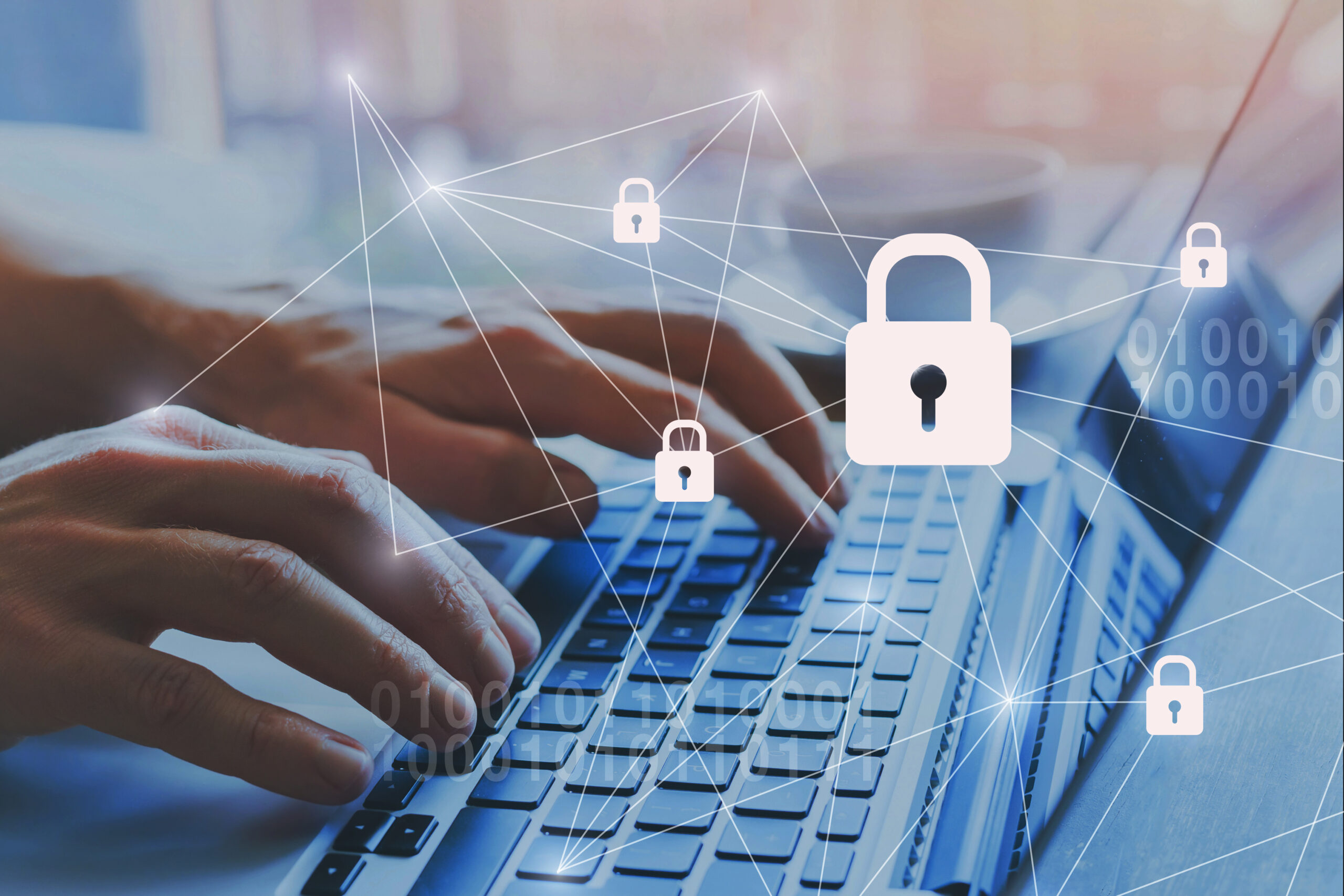Category: Blog
Ransomware remains one of the most persistent and damaging cyber threats today. Over recent years, it has transformed from complex, highly technical operations into a scalable criminal enterprise accessible even to low-skill actors, enabled by well-designed tools. This shift was driven by demand from financially motivated criminals seeking high returns with minimal effort—giving rise to the Ransomware-as-a-Service (RaaS) model. This model has lowered the barrier for launching ransomware attacks, eliminating the need for deep technical expertise, infrastructure, or malware development skills. As a result, even low-skill actors can now execute disruptive campaigns targeting organizations of all sizes and sectors.
Modern Ransomware Tactics: Simple and Effective
RaaS is a subscription-based or affiliate model that gives cybercriminals easy access to ready-made ransomware tools — such as web-based control panels that let attackers track infections, set ransom amounts, and manage victim communication. Within this ecosystem, ransomware developers build and maintain sophisticated malware kits—offering customizable payloads, encryption tools, infection dashboards, storage, command-and-control servers, and even customer support. These kits are rented or leased to affiliates, who often lack the skills to build ransomware themselves, sometimes using modern coding languages and advanced evasion techniques to maximize speed and stealth.
In addition to technical tools, affiliates may also receive user support, regular malware updates, and access to professional negotiators who help increase ransom payouts. In return, they share a percentage of the ransom proceeds with the developers—mirroring legitimate software-as-a-service business models. Fierce competition in this space pushes RaaS providers to raise their standards, leading to frequent conflicts between developers as they race to offer more effective and attractive services.
This industrialization of ransomware has dramatically increased the volume, speed, and reach of attacks, enabling more actors to target a wider range of victims with growing efficiency.
The Evolution of Ransomware Tactics
RaaS affiliates prioritize speed, simplicity, and scale over sophistication—much like a fast-food model. The goal is often rapid deployment and maximum return, not technical elegance. However, some services differentiate themselves through more powerful capabilities or by offering affiliates a lower share of ransom payments. As a result, attackers rely on repeatable, cost-effective tactics that are easy to execute but difficult to defend against.
A key example is fast flux—a technique where IP addresses and domains tied to command-and-control servers are rotated rapidly. This constant shifting makes it difficult for defenders to block malicious infrastructure or shut down ongoing campaigns.
Another common strategy is multiple extortion, where attackers not only encrypt data but also steal sensitive files and threaten to leak them if the ransom isn’t paid. In some cases, they also threaten to sell the data to other parties, such as competitors. This multiplies the pressure on victims, raising the financial and reputational stakes.
The Impact on organizations
The accessibility and sophistication of RaaS have made ransomware a pervasive threat. High-value targets include sectors like healthcare, finance, government, and critical infrastructure, but small and medium-sized businesses also face significant risk due to limited resources. Some actors are willing to go after the largest organizations in hopes of securing higher ransom payments. The consequences of ransomware attacks extend beyond ransom payments and can include:
- Operational downtime that disrupts services and business continuity
- Significant financial costs tied to remediation efforts, legal fees, and regulatory penalties—especially for data breaches under laws like GDPR, HIPAA, or other industry-specific frameworks
- Long-term damage to reputation and loss of customer trust
- Exposure of confidential business data
- Public disclosure of proprietary know-how
- Leaks involving employees’ personal information
Strengthening Defenses Against RaaS
To effectively combat ransomware-as-a-service, organizations should adopt a multi-layered cybersecurity approach:
- Advanced detection systems: Use AI-driven tools that identify abnormal network behavior and fast flux activity, going beyond traditional signature-based detection.
- Robust backup practices: Maintain frequent, secure, regularly tested, and offline backups to facilitate recovery without paying ransoms.
- Employee training: Educate staff regularly on phishing and social engineering tactics to reduce initial infection vectors.
- Incident response and disaster recovery planning: Develop and test plans to quickly contain and mitigate attacks.
- Collaboration: Share threat intelligence with industry partners, regulators, and law enforcement to enhance collective security.
Partnering for Resilience
At Hitachi Cyber, we help organizations strengthen their overall cybersecurity posture. From threat detection to incident response, our solutions enable clients to manage risk and protect their critical assets across IT, OT, and IIoT environments.


